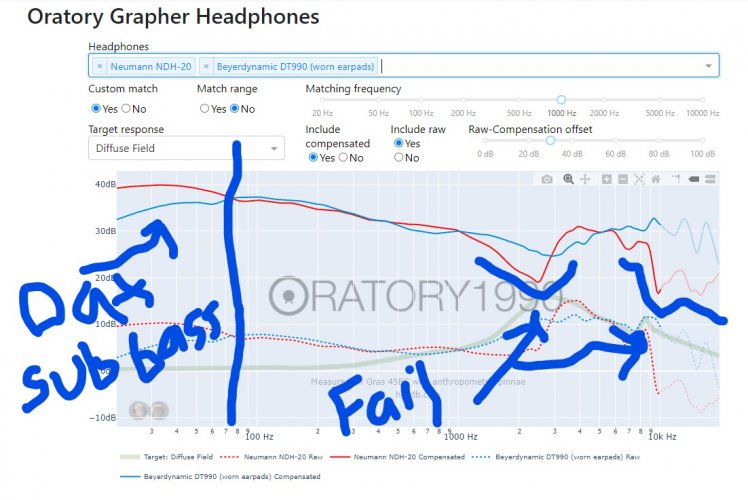Nouvraught
Banned
If they could read it they wouldn't buy it. If they bought it then they don't realize the massive amount of coloration throughout the response. If they want to experience what massive amounts of discoloration sounds like then they are entry level to audio and just want fancy looking headphones.Tale me, do you really believe, that someone who can afford a HD820s, can't read a frequency response? That's not your every day people who buy headphones like that. I wouldn't worry about it...
Last edited:












